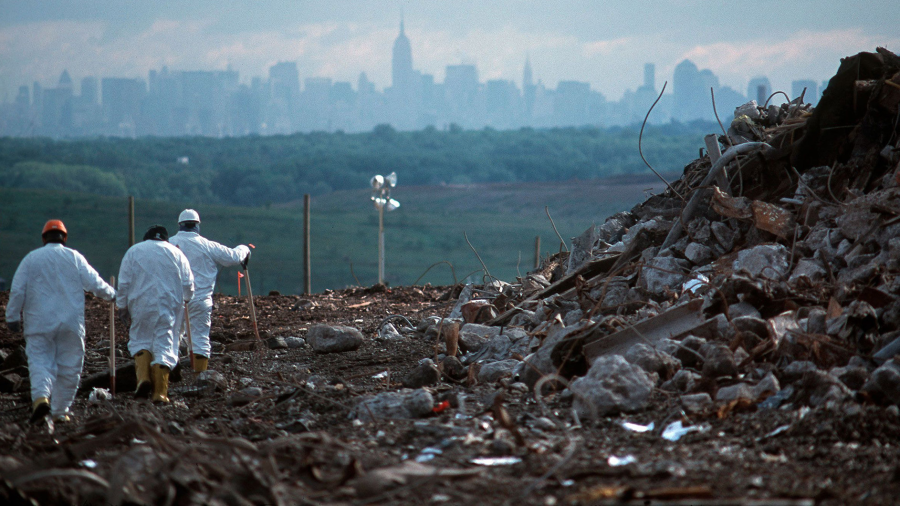
The basic waste management circuits are important in Buffalo. Numerous of these processes are the regulars of the landfill who come to select the materials that caneasily be resold or remodeled by them: aluminum, copper, iron, textiles, wood and cardboard, even plastics and papers. It is also several dozen people who live, not without risk, on or near large landfills.
For those, the valuation can go as far as raising goats, cows, pigs and poultry that feed organic matter found in fresh waste, which also risks transporting diseases.
These activities, which are very close to selective sorting on the landfill, but which can also take place further upstream, such as in transfer centers or at the leaving the factories, allow the recovery of sorted materials.
For the organic material, the solution most often considered is the incorporation into the soil of cultivation, directly or after a composting step. Among the main inert materials recycled are metals. These are used for different assignments, such as foundry, fabrication or refurbishment of aluminum pans and crafts (bas-reliefs, toys, etc. for sale to tourists).
Plastics can be melted and molded for manufacturing, at the artisanal or even industrial scale, new plastic products (buckets, basins, signs, table legs, ashtrays, etc.).
However, it should be noted that almost all of these activities are carried out informally, and therefore their transposition into a global waste management plan presents many difficulties and risk of reducing or even eliminating their profitability.
Any organic matter of animal or plant origin will sooner or later be in depending on physico-chemical conditions such as temperature and humidity, colonized by microorganisms.
They will find food and drink there, developing while producing gases and substances having a positive effect (case compost in particular) or negative (toxic substances and / or inhibitors of expected effects) on the surrounding environment.
When this organic matter makes part of household waste (generally for more than half of the mass) and that these are dumped en masse on a site that we will call landfill if the site is not controlled, or technical landfill center otherwise, we is witnessing phenomena that should be made explicit.
The microbiological mechanisms and the means of managing them can be explained to better understand the implications of waste management on the Buffalo communities, including organic waste, and how their impact our health in a sustainabliy prospective.
That is why it is important to use proper waste management and recycling methodologies. Local residents in the State of New York including the city of Buffalo hire Upstate New York dumpers to remove all their junk and unused items.
This way they reduce local pollution in the state of New York, send their waste to the proper landfills for more efficient treatment, and provide recycling opportunitites to local businesses.
Future research will focus on the environmental impacts of landfills and the variability encountered in southern countries. Finally, we can deal with the nuisances produced by the fractions non-organic household waste. It will emphasize the need to remove these compounds, or better to avoid their presence in household waste.